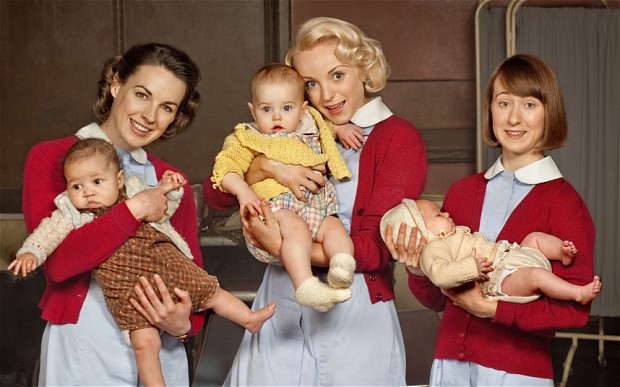 The current debate about redefining euthanasia as a ‘medical aid in dying’ has prompted me to draw from my social work experience with persons in the end-of-life stages and surface the following considerations.
The current debate about redefining euthanasia as a ‘medical aid in dying’ has prompted me to draw from my social work experience with persons in the end-of-life stages and surface the following considerations.
If my life’s path is to take me through death’s portal by a prolonged terminal illness, I can trust my body’s biological wisdom to know how to prepare itself and how to carry through my Creator’s given design. While I am capable of making health care decisions or while I am legally capable of instructing another on my wishes (Living Will), I can make my end of life decisions. I can allow my body to embrace the dying process when being healed is no longer a possibility. Stephen Levine, poet and writer, known for his work on death and dying, captures this concept in asserting that one can choose to allow the body to heal itself into death when healing into life is no longer anticipated.
Medical advances can seek to prolong my life as if life did not have its already determined span. Loved ones might want to use all available means to keep me physically among them. However, when the time for me to die has come, I believe my body will know. It will gradually signal its inability to take in food or liquid or to even breathe. Lack of food or liquid in a terminal phase is not painful for the body. Breathing can be eased with oxygen.
"It is important to remember that as the physical body is dying, the vital organs are shutting down, and nourishment is no longer required to keep them functioning. This is the wisdom of dying, and the body knows exactly what to do." (Hawaii's Hospice and Palliative Care Organization)
One might consider doing violence to life’s natural processes by asking another person to end one’s life because the anticipated pain associated with terminal illness is unbearable. Not just the physical pain but the encompassing pain that is physical, spiritual, mental, and emotional. Individuals might mistakenly want to be euthanized, to have another end their lives, unaware that death will occur naturally by simply allowing the body to shut down in its own way.
What I actually need from medical professionals and my loved ones is not to do violence to my dying process by ending my life, by euthanizing me, but to help me bear well with the manifestations of pain through appropriate pain management and attention to my physical, spiritual, emotional status. I need to know with certainty that appropriate pain management and the best palliative care will be in place for me as well as everyone else, just as they are right now for a number of people, albeit a fortunate few.[1]
If I happen to be demented at the end of my life, my hope remains the same. However, I know that some will question my quality of life. What if simply being alive until the natural end of my days is quality of life for me?
Should not the debate be about the provision of the best palliative care for everyone rather than about a law that would redefine euthanasia as medical aid?
Nicole Aubé CSJ
Note:
[1] The Canadian Hospice Palliative Care Association in its May 2010 Fact Sheet states that 16%-30% of Canadians who die [depending on where they reside]have access to or receive hospice palliative and end of life care. Canada ranks ninth in an international “Quality of Death” index released July 14, 2010.






